Life in the age of climate catastrophe isn’t easy. As we watch things unfold around us — in the news, then edging ever closer, until they’re in our backyard — it can feel overwhelming. It’s a weight too big to be carried; a problem too huge and multifaceted to wrap one’s arms, or head, around. It’s perhaps the most pressing, stressful issue of our lifetimes that we, as a species, need to find a way to leave behind a liveable, temperate earth for those who come after — and the pressure can be paralysing.
Given all of this — and, you know, capitalism generally — it’s no surprise that climate anxiety, burnout, and environmental grief have become such widely suffered and well-documented phenomena. In The Undergrowth is an exhibition at ARS LONGA in Djúpivogur that grows out of this context at an unusual angle, and seeks to contend with it in a way that feels welcomely energetic and fresh. It contains multimedia work by 13 Icelandic and international artists, all with a focus on nature seen through varying lenses, such as activism, indigenous rights, and eco-sexuality.
“We’re rejecting the endless apocalyptic narrative that’s going on.”
Curated by Þórhildur Tinna Sigurðardóttir and Becky Forsythe, the exhibition approaches the nature-human relationship in an unusual posture — with gentility, curiosity, and a sense of quiet hope. “We’re definitely rejecting the dominant view and the endless apocalyptic narrative that’s going on,” says Tinna, speaking over a shaky internet connection from Stöðvarfjörður. “It can feel numbing and hopeless, like we’re collectively burning out — and it makes nature feel so alien. So this show is trying to find ways to reconnect with nature, and understand that she’s our companion through life, and that she’s within us as much as outside of us.”
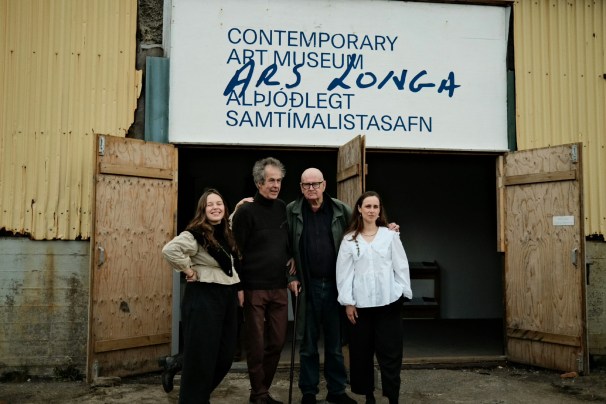

Effortless and meaningful
The idea for the exhibition came at a pivotal time in the lives of the two curators. Having collaborated in various capacities and within various organisations over the years, they’d each arrived at a point of fatigue, and felt the need to renegotiate how they approached their work.
“We were both thinking about our roles in the community, and healthy ways of working or thinking or creating,” says Becky. “We were rethinking what it means to work on projects that can bring a sense of joy, hope, and community, rather than leave you feeling depleted. That’s not only the exhibition itself, but the way in which we curated it — having the artists on site, and engaging in the event together, setting up the works, and facilitating conversations that happened. So I would say that from concept to realisation, it was all very intentional.”
“We promised ourselves that this would be a regenerative experience for everyone,” Tinna adds. “A project that would give energy, rather than taking it. We wanted to do something that would feel kind of effortless, but still be meaningful.”
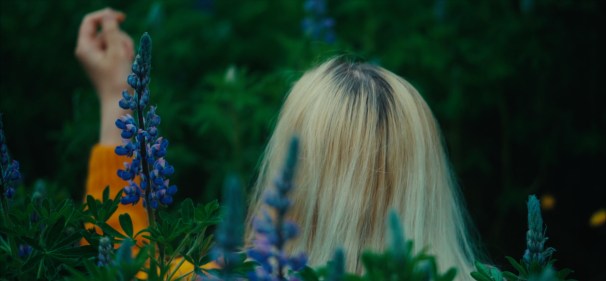

‘Sein’ by Vikram Pradhan
Your own rhythm
Moving at an intentionally unforced pace, the two started talking to the artists who would be in the show. They also investigated relevant work from deceased artists, and read widely about alternative and indigenous environmental and philosophical perspectives. The crisply produced exhibition catalogue includes an excellent opening essay, and a generous reading list of key material alongside imagery of the included works.
“Every artist in the show is thinking about these same tones,” says Tinna. “And they’re all approaching it from a different perspective — some from within the undergrowth, some more historically, some personally, some from an environmental perspective. Some are more poetic, like Sigurður Guðmundsson’s Trúnó Með Náttúrunni (“Dialogue With Nature”). That’s what we wanted. We wanted something fluid. We wanted something that wouldn’t be like a stone-cast theme that everyone had to be in — we just wanted people to just go with their own rhythm on these concepts.”
“We wanted something that wouldn’t be like a stone-cast theme.”
Both curators acknowledge the importance of the ARS LONGA gallery in bringing the exhibition, and its uniquely gentle vibe, to fruition. “There was a lot of collaboration in this project,” says Becky. “Like Þór and Siggi, the museum founders, and the artists who gave their time and came to the site. A lot of projects like this are built on donated time or volunteerism. So it was an important, relationship-building sort of experience.”
For Tinna, the small town of Djúpivogur, perched on the remote coast of Berufjörður in east Iceland, also acted as an important source of inspiration. “There’s such a beautiful community on this small peninsula right down below the mountains,” she says. “There are sands below the village, right on the edge of land and sea. So we were definitely paying homage to the place. And it all came together beautifully in the last weeks before finalising everything.”
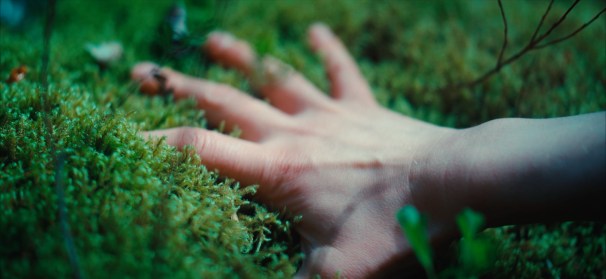

‘Sein’ by Vikram Pradhan
If we truly listen
For both Tinna and Becky, the exhibition feels like it could be the start of something more. Neither is eager to pin down what, exactly — in keeping with the sense of attentive, organic ebb and flow that made the show possible. “We realised early that this idea is much larger than the frame of one exhibition,” says Becky. “So it’s still growing, and we do see it continuing and taking on different forms. One thing that we really hope for is the possibility to explore this theme and these works — and potentially more — outside of Iceland, and really try to build an international conversation. The group is very mixed, and the landscapes that are presented don’t only apply to Iceland. So the conversation, at least, is ongoing.”
It seems fitting that In The Undergrowth should turn from fruit to seed. As the catalogue essay finishes: “What becomes possible when we recognise the minor, the hidden, the emergent as equals? And what might grow, if we truly listen?”
In The Undergrowth runs until August 10 at ARS LONGA in Djúpivogur. Read the catalogue here. The main header image is from ‘Sowing Mountains That Aren’t Mine’, a performance by Wiola Ujazdowska.
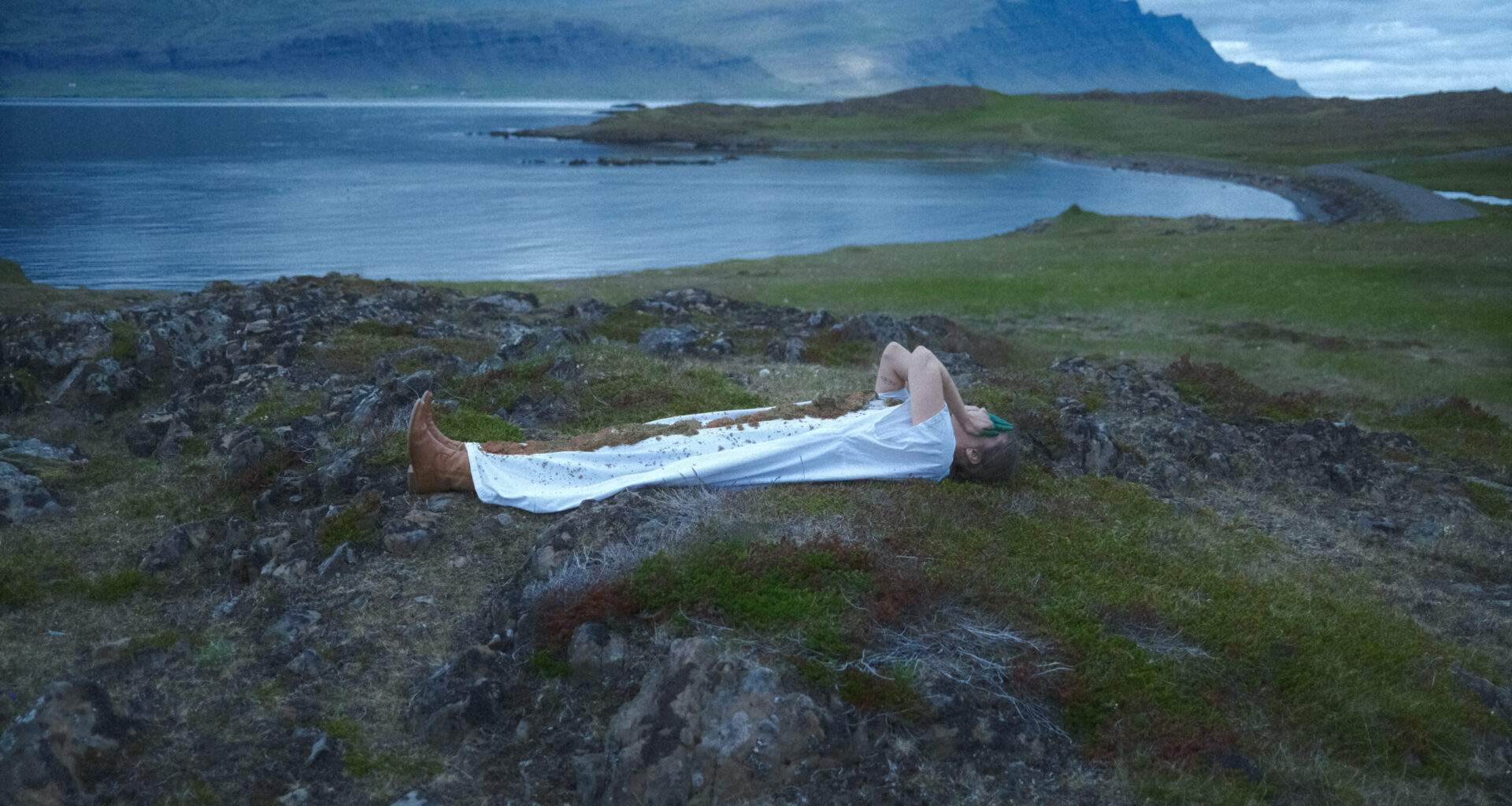
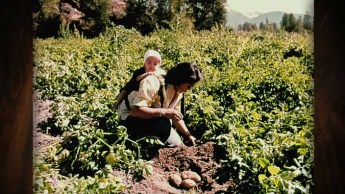
![Nancy Holt - Pine Barrens - Still Nancy Holt - Pine Barrens [still] (1975)](https://www.europesays.com/wp-content/uploads/2025/08/nancy-holt-pine-barrens-still-scaled.jpg)